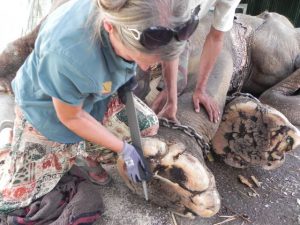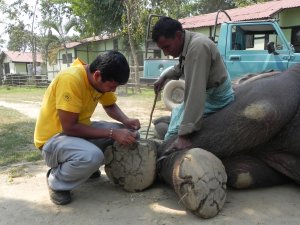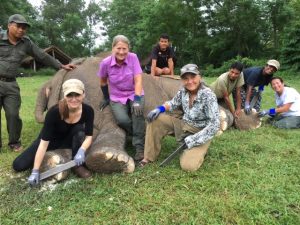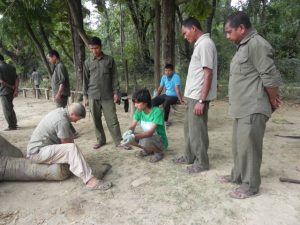
What
Providing pedicures for captive-held elephants, instruction for mahouts and internships for students and veterinarians in proper foot care to support overall health and prevent infection, lameness and osteomyelitis (bone disease).
Captivity can cause foot problems
Foot health is a serious issue for elephants living in captivity. This is what healthy pads and nails look like:
Inactivity, poor husbandry practices and too much time spent standing and walking on unnaturally hard surfaces such as pavement, hard packed dirt and concrete can cause thin, uneven and bruised foot pads and cracked nails, leading to infection and osteomyelitis. These diseases have become epidemic among elephants living in captive environments.
Osteomyelitis is a bacterial infection that causes the toe bones to disintegrate, leading to the elephant’s physical collapse and subsequent death.
Aside from surgery to remove the infected toe bone, osteomyelitis is irreversible and terminal, causing years of pain and suffering.
Needed: Regular care
Proper foot care for captive-held elephants starts with giving them self directed access to appropriate non-contaminated substrate, such as grass, natural soils and varied vegetation, which cause natural wearing and condition feet, cuticles and nails as they go about their normal foraging and migratory activities.
Even in some of the best captive situations, however, elephants fail to walk the tens of miles they would walk daily in the wild. As a result, their foot pads and nails become overgrown and must be trimmed by a professional versed in elephant foot care, to make up for the lack of wear.
Ideally, foot pads and nails should be trimmed monthly to remove necrotic tissue that can harbor bacteria. Overgrowth of the nails should be removed to prevent the nail from cracking, splitting and becoming infected.
In most cases, captive-held elephants, especially those held in chains, develop unnatural movement patterns known as stereotypical behaviors, which is a coping mechanism they use when they are stressed. In additional to the psychological damage caused by stereotypical behavior, the elephant’s pads and nails wear unevenly, causing irreversible damage to the nail bed, resulting in lameness.
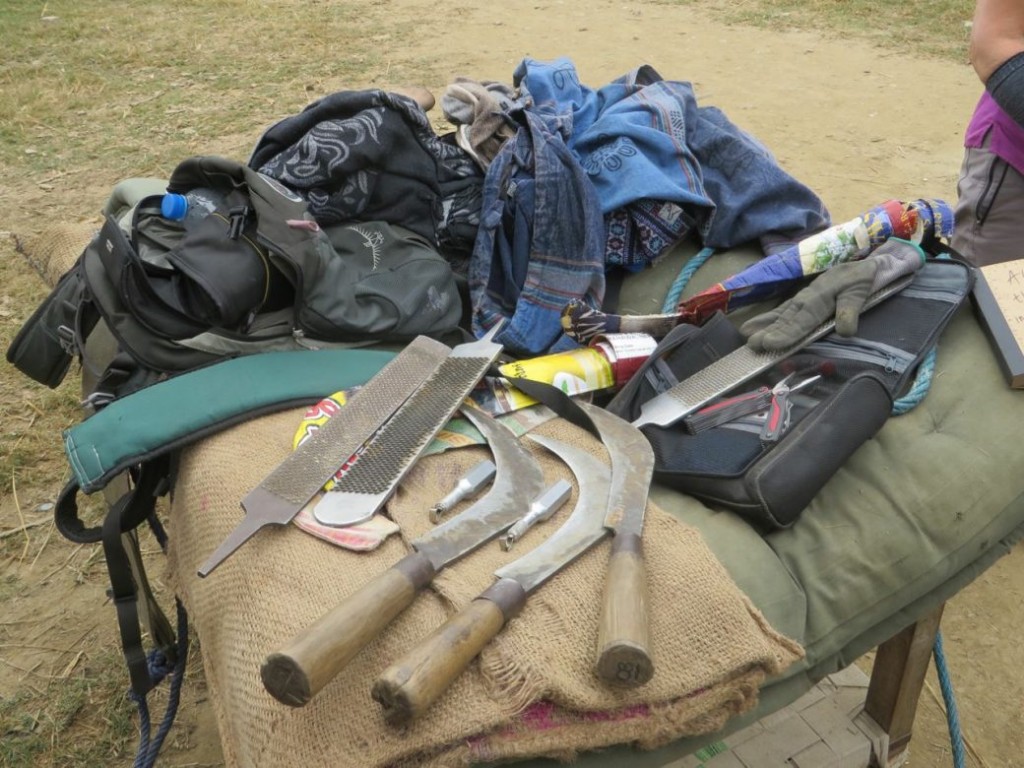
The standard tools used for foot care include a large knife to remove pad and trim nails, a small blade to trim out infected areas and a rasp to finish the nails.
Foot care is usually administered while the elephant lies on the ground or stands with the foot propped on a fence, wall or other raised surface.
Foot care can include:
- documentation and evaluation of the condition and cleanliness of the elephant’s stable: construction, drainage, substrate, shade, waste removal, sanitation and the location and condition of leg chains and hobbles
- photographic documentation of all four feet
- visual examination and evaluation of elephant foot health
- complete pad, nail and cuticle trimming
- individualized tutoring for mahouts on their elephants’ specific needs
- follow-up re-examinations for elephants experiencing serious foot health issues
- reports for owners, including evaluation, photographic documentation and recommendations for improved foot care
Internship Program
EAI established an internship program to instruct veterinarians and students in elephant care and conservation disciplines, foot trimming skills and knowledge of elephant foot health. The internship program will help expand foot care knowledge and continue to spread understanding of how critical foot health is to the welfare of captive elephants.
Remote Foot Trimming
Working with skilled interns, EAI is able to provide guidance remotely when emergency foot care is needed in our physical absence. EAI’s internship program in Asia prepares the students to develop foot trimming skills, but years of practice and expertise is required to understand how to address serious and painful foot problems. Using smartphones, a wifi connection and a live video app, EAI experts can assess the problem and provide step by step instructions.
Remote foot trimming instruction and training ensures sustainability for our programs.
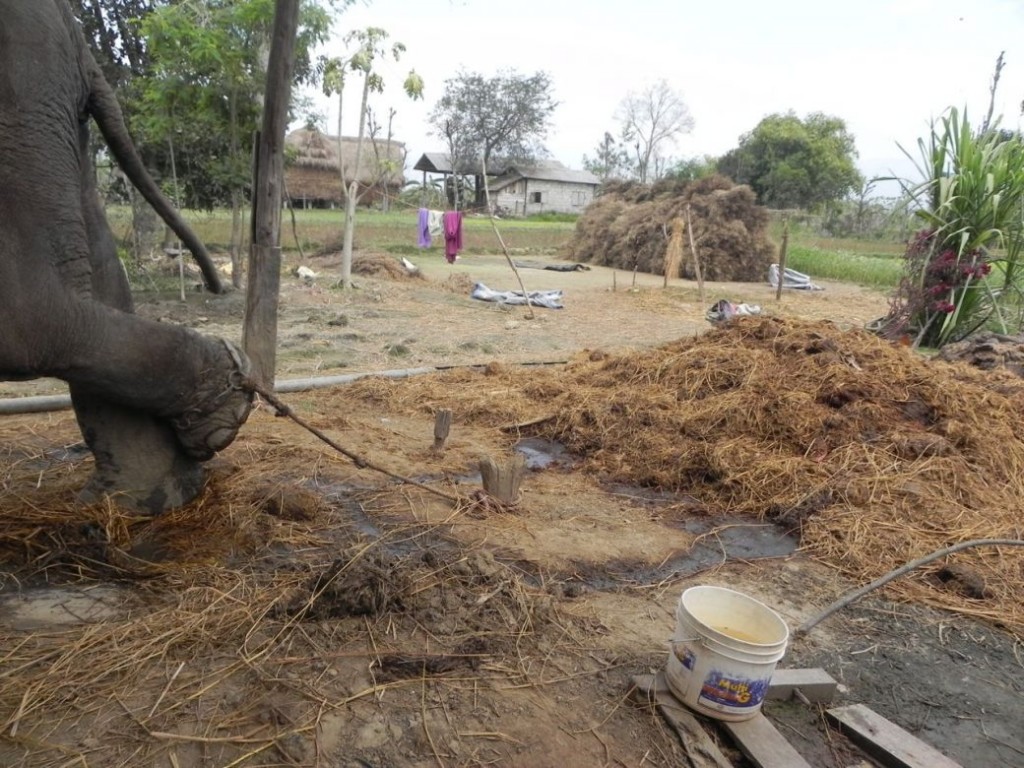
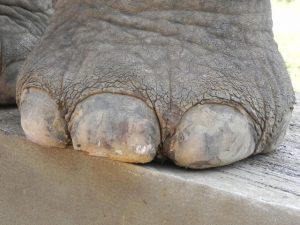
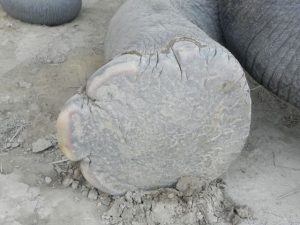
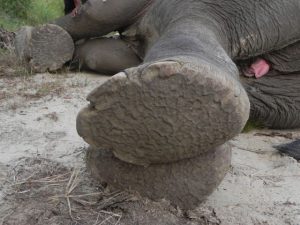
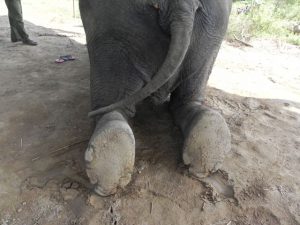
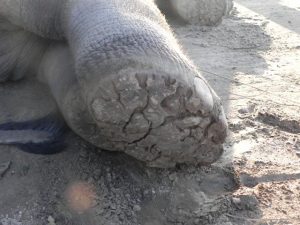
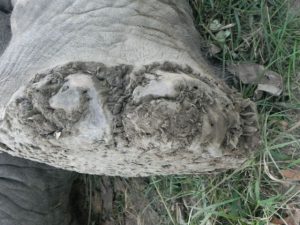
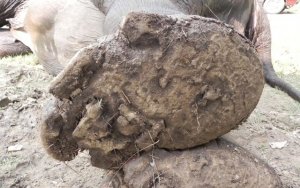
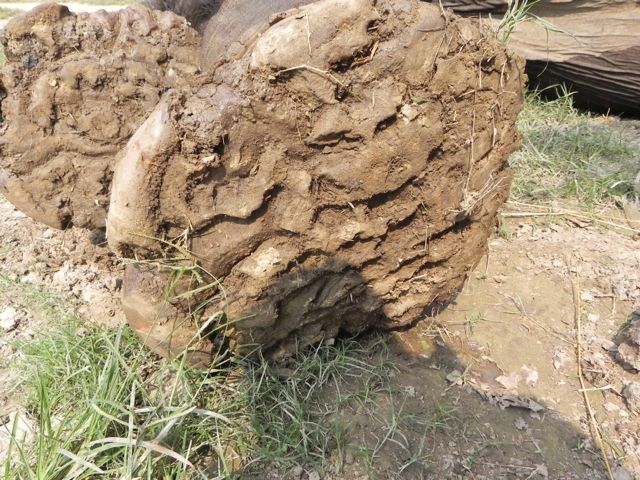
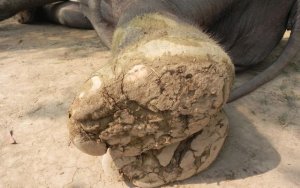
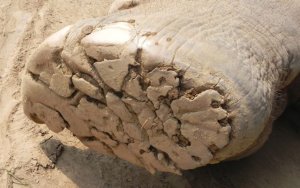
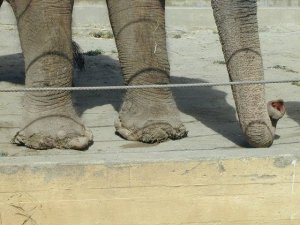
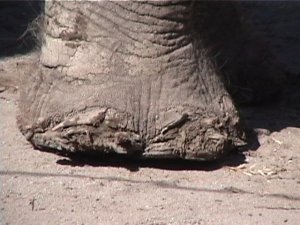
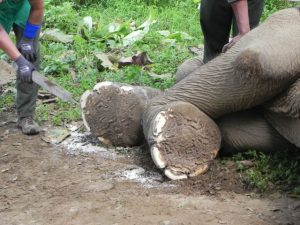
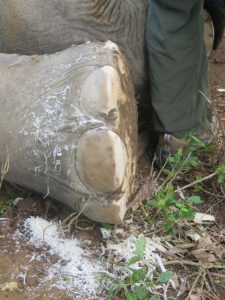
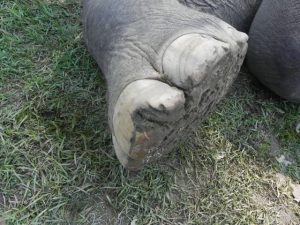
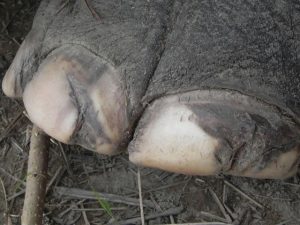
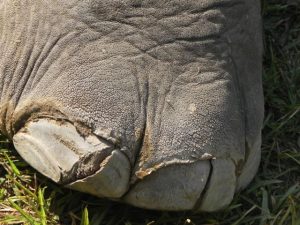
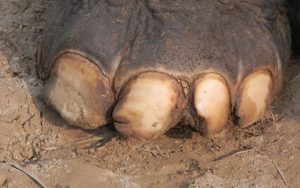
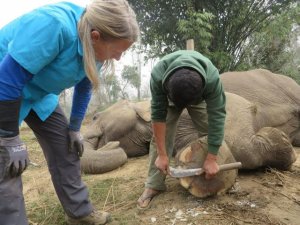
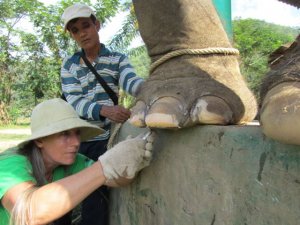
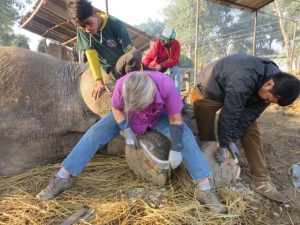
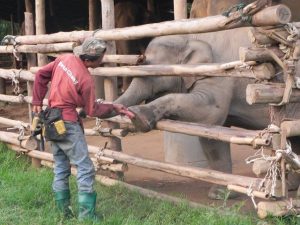
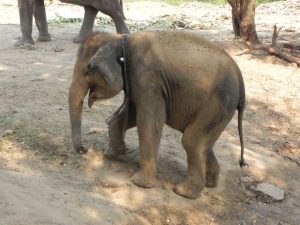
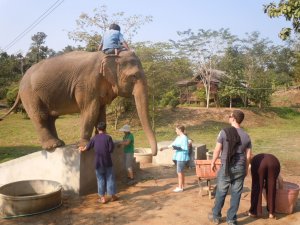
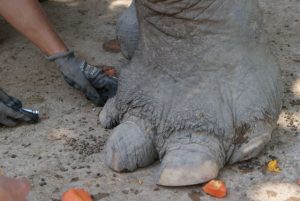
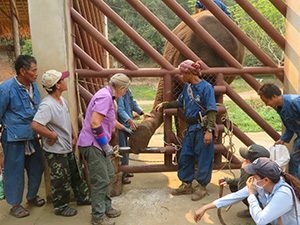 Elephant Conservation Center: The government-run Elephant Conservation Center in Lampang, Thailand, hosted its first EAI Foot Trimming Workshop in March 2018. Tens of veterinarians, elephant owners, mahouts and conservationists attended. This was the first facility where EAI was able to demonstrate foot trimming with elephants not trained to lie on their side. The newly erected training wall designed for the purpose of protected contact training and foot care was utilized. Workshop participants received a course in “Elephant Feet,” an academic precursor to the hands on instruction of foot care. Participants learned first hand how to evaluate foot health and the steps required to keep nails and pads properly trimmed.
Elephant Conservation Center: The government-run Elephant Conservation Center in Lampang, Thailand, hosted its first EAI Foot Trimming Workshop in March 2018. Tens of veterinarians, elephant owners, mahouts and conservationists attended. This was the first facility where EAI was able to demonstrate foot trimming with elephants not trained to lie on their side. The newly erected training wall designed for the purpose of protected contact training and foot care was utilized. Workshop participants received a course in “Elephant Feet,” an academic precursor to the hands on instruction of foot care. Participants learned first hand how to evaluate foot health and the steps required to keep nails and pads properly trimmed.